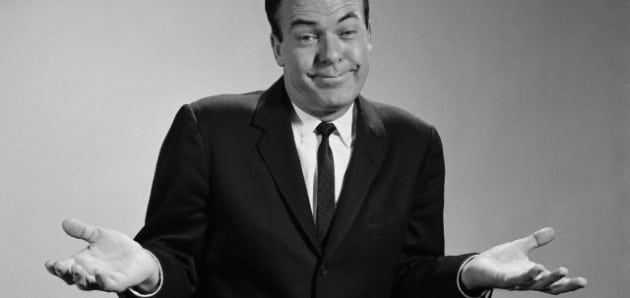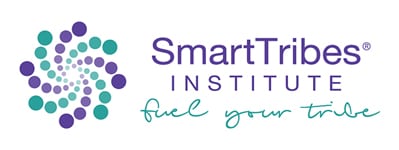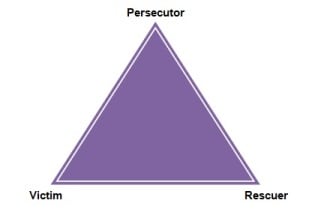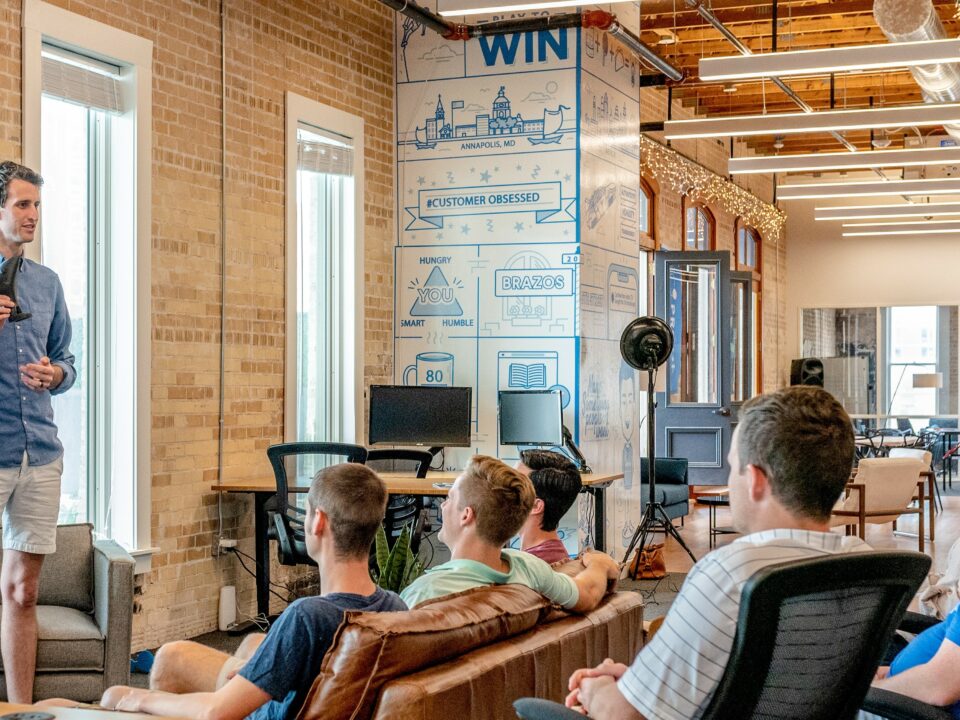
Get Powerful People to Boost Your Business: 6 Steps to A Stellar Advisory Board
January 16, 2012
MF Global, BP: The Low Accountability Epidemic And How To Avoid It
February 25, 2012Suzanne was a human resources manager at an east coast consumer packaged goods company. Why was she always exhausted? Let’s find out.
We had Suzanne start a tally. Within the first week nine victims came to Suzanne for rescue. Their complaints were varied: colleagues withholding information, someone they didn’t like, the cafeteria needed more healthy food, and so forth. None were issues Suzanne needed to be involved in.
Suzanne was a rescuer.
What Role Do You Play?
We all have a default role, one we learned early in life. It’s often our biggest blind spot.
Think of your default role as the lens you look through, a lens that affects everything we see. In my work with hundreds of varying cultures in businesses of all sizes, I’ve found there are three basic default roles:
Victim
Rescuer
Persecutor
These three roles are interdependent (there must be a Persecutor for there to be a Victim for the Rescuer to save), and together they make up what we refer to as the Tension Triangle, which looks like this:
When we’re in the Tension Triangle, we’re Problem-focused, and tend to see things like this:
Being Problem-focused really sucks. It drains our energy, leads us to look for ways to allocate blame, and generally feels constricting, like a jacket that’s too tight.
Another drawback to being Problem-focused is that it can interfere with the way we see our world and the world of others—and it can lead to self-sabotage, which we generally do (unconsciously) in two ways:
- We get stuck in our view of the world and miss the opportunity to help ourselves grow.
- We stand in our view of the world while trying to influence another—since we don’t step into their world we will likely miss influencing outcomes
When we switch our focus to being Outcome-focused, it looks like this:
Being Outcome-focused feels very different. It’s empowering, energizing, and fills us with confidence.
Not sure whether you’re problem- or outcome-focused? Think about the questions you ask:
As a leader you need tools to shift your organization (and yourself) from Problem-focused to Outcome-focused. And that means shifting from the Tension Triangle to the Empowerment Triangle, which looks like this:
As we shift from a Problem to an Outcome–oriented focus and culture something super cool happens… we shift ourselves. Here’s the key thing to remember:
- Victims really just want a certain outcome
- Rescuers want to help the Victim get to a positive outcome
- Persecutors just want action, momentum
How To Shift Your (and Another’s) Role
The chart below outlines the basic process for moving from the Tension Triangle to the Empowerment Triangle. By understanding your primary tension orientation and flipping it to its positive empowerment counterpart, you will encourage your team members to be internally motivated, to be fully accountable for their area, and to take ownership of the company’s key initiatives.
Here’s how to do it:
1-Identify the role you and the other person are playing.
2-Speak to them in the positive counterpart. For instance, if they are in Victim, and you tend to being a Rescuer, ask the questions of an Insight Creator (the positive counterpart of Rescuer). If they are in Rescuer, and you tend to Persecutor, speak to them from Action Creator. If they are in Persecutor, ask them what actions they want—speaking from Insight Creator often works best.
3-Hang the chart below in your office. Enroll others in helping you shift to your positive counterpart. This promotes candor and increases connection among colleagues.
It works. When we deliver Problem to Outcome training, we see cultures shift from seeing the problems to actively creating the outcomes they desire in record time. Even the most confirmed Victims shift to Outcome Creators.
Back To Suzanne And Rescuing…
When Suzanne’s company had us deliver our Problem to Outcome training, Suzanne quickly realized why she had always felt so exhausted: she rescued people all day long. We quickly got to work tracking her rescuing patterns.
Suzanne enlarged our Tension to Empowerment chart and hung it on her office wall. Whenever a victim came to her she told them she had realized she was a Rescuer and enrolled them to help her shift this.
Suzanne is no longer in the rescuing business, instead she is a solid Insight Creator. She was promoted to Director of Human Resources four months after leaving the rescuing business, and recently presented her strategic vision for HR to the C-Suite. We’re betting she’ll be a vice president within 18 months or less.
The Net-Net:
- We all default to one prevalent role, that of Victim, Rescuer, Persecutor (or a combination).
- These roles can easily be flipped to Outcome Creator, Insight Creator, or Action Creator to increase results and performance, reduce stress, improve relationships.
For a full-sized version of the Tension to Empowerment Chart click here. Scroll to the bottom of the Human Resources section and you’ll see the diagram there.
What do you default to? What role do you interact with that is most challenging?
Christine Comaford has helped even the most challenging individuals and cultures to become positive, progressive, peak performing and outcome focused. She coaches CEOs to achieve remarkable results in performance and operational efficiency by combining neuroscience and business strategy.










